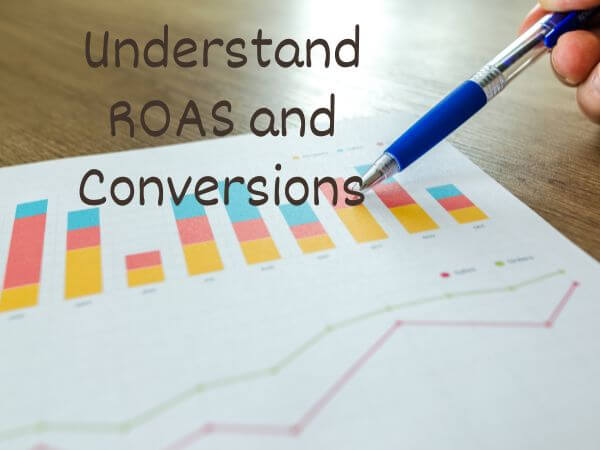Physical Address
LIG Road, Indore (M.P.)
Postal Code: 452001

In the fast-paced world of digital marketing, understanding the performance of your campaigns is crucial for driving online success. With the abundance of data available, it’s essential to harness the power of digital marketing metrics to evaluate the effectiveness of your strategies, make informed decisions, and optimize your efforts.
But in this article, we will discuss about basics of digital marketing metrics like ROAS, Conversions and would solve few problems related to ROAS, Revenue Calculation, Conversion rates etc. These problems will help you sharpen your logical and analytical skills as well as identifying common metrics and campaigns problems and optimizing Ads performances.
If you don’t know anything about digital marketing metrics, then you should consider first reading the post – Understanding Marketing Metrics.
For businesses running advertising campaigns, ROAS is a critical metric. It measures the revenue generated compared to the cost of your advertising efforts. ROAS provides insights into the profitability of your campaigns and allows you to allocate your advertising budget wisely.
So, ROAS means the amount of revenue you generate for every amount you spend on advertising.
ROAS = Return on Ad Spend / Cost of Ad
Conversions are the ultimate goal of any digital marketing campaign. Tracking your conversion rate allows you to gauge the effectiveness of your website and marketing funnels. A high conversion rate signifies that your online assets are compelling, user-friendly, and successfully driving desired actions from your visitors.
Conversions are special metrics in marketing, which measures amount of your website visitors taking any actions like purchasing something or turning leads into sales.
So, basically conversion means how many users you convert into your customers through any specific actions.
Therefore, in order to generate 5 times as much revenue as they spend, the company must generate atleast 2000 conversions.
Then, New Revenue = 1.1 * 1000 = Rs. 1100
Now, ROAS = Revenue / Amt. Spend. Therefore, Amt. Spend = 1100 / 50%.
Hence, Amt. Spend = Rs. 2200
In the ever-evolving landscape of digital marketing, data is the key to unlocking online success. By comprehending and leveraging the right digital marketing metrics, including ROAS and conversions, you can gain valuable insights into your performance, identify areas for improvement, and make data-driven decisions to maximize your results.
Remember, the world of digital marketing is dynamic, so continuously monitor your metrics, adapt your strategies, and strive for ongoing optimization. We would write more articles related to digital marketing metrics and discuss basic math behind every metrics by solving small problems together.